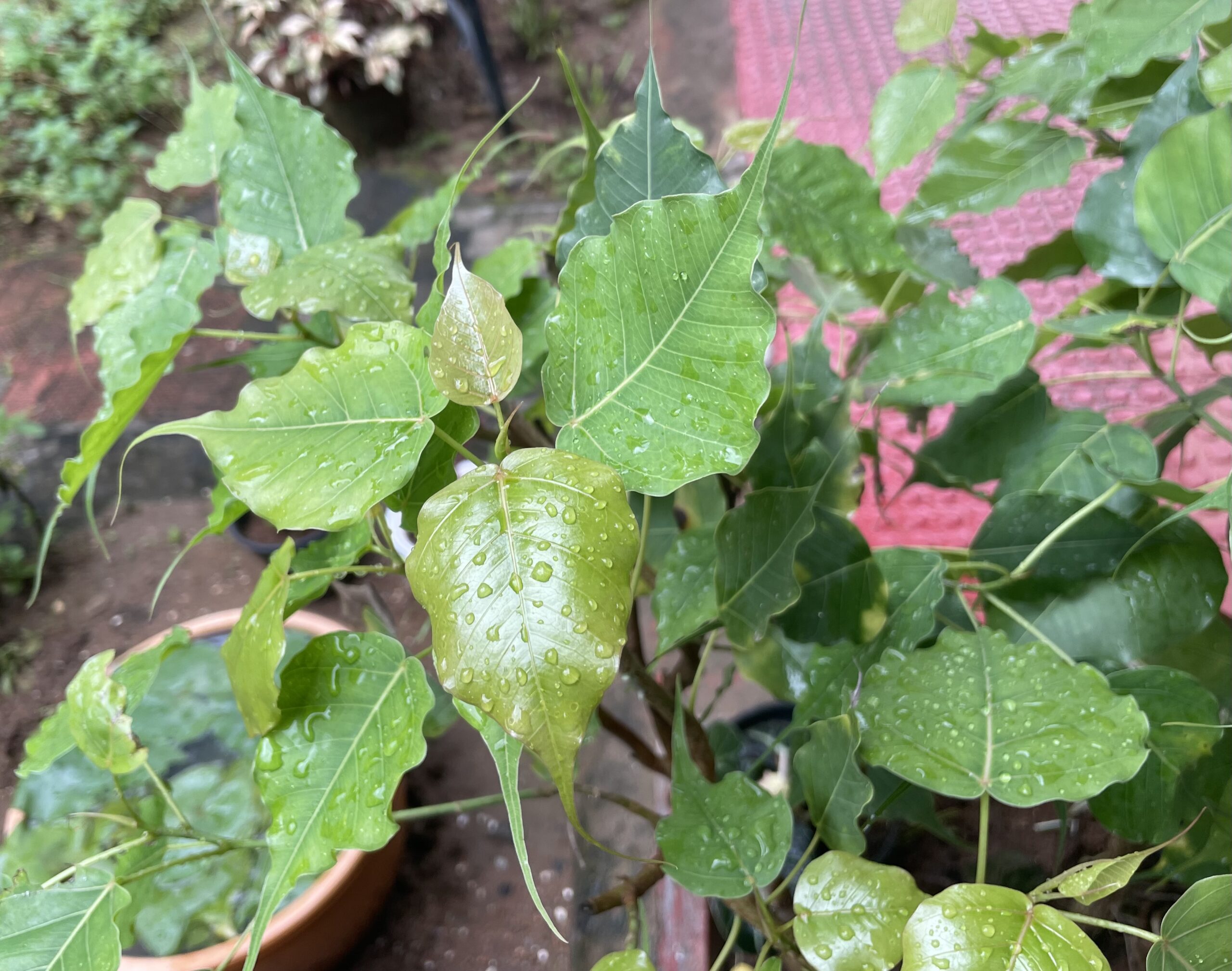Week and Your Plants – July 17 to 23
Zodiac sign : Cancer/ Karkidakam

Butea Monosperma (പ്ലാശ്) - Fabaceae
It is small to medium-sized, slow-growing, deciduous multipurpose tree. The leaves are trilobed three foliate with bright orange red flowers. The It is a typical multipurpose tree, with has a wide range of medicinal and other uses. It is worshipped asalso used in sacred spiritual functions. Due to the abundant flowersflowers, it is popular as flame of the forest and by the Hindus and often planted as ornamental. The tree is planted as a forestry speciesflowers yield dye for festivals like Holi. Its seeds are anthelmintic, antifungal, antibacterial and purgative properties. The flowers are used for the preparation of a yellow dyeThe tree is known to be a host for lac insect.
July 17, Monday : Punartham : Bambusa bambos (മുള) – Poaceae
It is a huge clump forming, thorny evergreen, perennial grassbamboo with spiny stems that can be 30 metres or more tall. The variety of purposes to which the bamboo is known for multipurpose utility. is applied is almost endless. It isThe used in many parts of Asiarange vary from for food, medicines, timber etc and a huge range of commodities. The thorny branches find place in making fences. It is widely harvested from the wild and but is also often cultivated. It is, arguably, the most important single species on Earth for human use. The young shoots are edible.
July 18, Tuesday : Pooyam : Ficus religiosa (അരയാൽ) – Moraceae
It is often called as sacred fig, an evergreen tree with a wide-spreading crown and caudate leaves. The older tree may buttressed. The tree often starts life as an epiphyte in the branch of a tree. The tree is harvested for food, medicines and various other usesalso spiritually important. This is the species under which the Buddha sat when he achieved Realisation. As such it is a holy tree for Buddhists. It is also a sacred tree for Hindus.It yiledsyields fodder and food for birds and arboreal animals.
July 19, Wednesday : Pooyam : Ficus religiosa (അരയാൽ) – Moraceae
The same tree as above under July 18.It is often called as sacred fig, an evergreen tree with a wide-spreading crown. The older tree may buttressed. The tree often starts life as an epiphyte in the branch of a tree. The tree is harvested for food, medicines and various other uses. This is the species under which the Buddha sat when he achieved Realisation. As such it is a holy tree for Buddhists. It is also a sacred tree for Hindus.
July 20, Thursday : Ayilyam : mesua Mesua ferrea ( നാഗപ്പൂവ് )- Calophyllaceae
Mesua ferrea which is known as Indian iron wood is a slow-growing, handsome evergreen tree with a dense conical crown. Bark brown with irregularly large flaky peelings.The tree exudes an aromatic white resin when it is woundedThe foliage appears reddish twice a year when the leaves are very young. It is an attractive lawn tree with vivid green leaves and showy, fragrant flowers with white petals and numerous orange yellow stamens. The stamens are used as Nag kesar and used in medicine manufacturing. It is also a sacred tree in India. It is also harvested for its wood and, oil-rich seed. and aromatic flowers. It is an attractive lawn tree with vivid green leaves and showy, fragrant flowers.
July 21, Friday : Makam : Ficus benghalensis (പേരാൽ) – Moraceae
It is an evergreen tree withthis is the popular Banyan tree a wide,with spreading crown. The plant usually begins life as an epiphyte. The tree produces aerial roots from the spreading branches that eventually become new trunks and allow the crown to spread even further. The fruits are edibleeaten by birds and arboreal animals. They have medicinal importance too as Nalpamaram. It also supplies yieldsa timber and a material for tyingfodder. The tree is considered sacred by Hindusdifferent religions. The fruit is tonic and has a cooling effect.
July 22, Saturday : Pooram : Butea monosperma (പ്ലാശ്) -– Fabaceae
It is medium-sized, slow-growing, deciduous multipurpose tree. The leaves are three foliate with bright orange red flowers. The tree has a wide range of medicinal and other uses. It is also used in spiritual functions. Due to the abundant flowers it is popular as flame of the forest and often planted as ornamental. The flowers yield dye for festivals like Holi. Its seeds are anthelmintic, antifungal, antibacterial and purgative properties. The tree is known to be a host for lac insect. It is small to medium-sized, slow-growing, deciduous tree. The leaves are trilobed with bright orange flowers. It is a typical multipurpose tree, with a wide range of medicinal and other uses. It is worshipped as sacred by the Hindus and often planted as ornamental. The tree is planted as a forestry species. The flowers are used for the preparation of a yellow dye.
July 23, Sunday : Uthram : Ficus microcarpa (ഇത്തി) – Moraceae
Often called as Chinese banyan, usually epiphytic, is an evergreen, small or medium-sized banyan tree with a dense, spreading crown. Leaves simple, latex milkythick and shiny. It is harvested for local use as a medicine andas a source of fibre, latex and wood. The root, bark and leaf latex are used medicinally to treat wounds, headache and toothache. Often planted as a garden tree.














